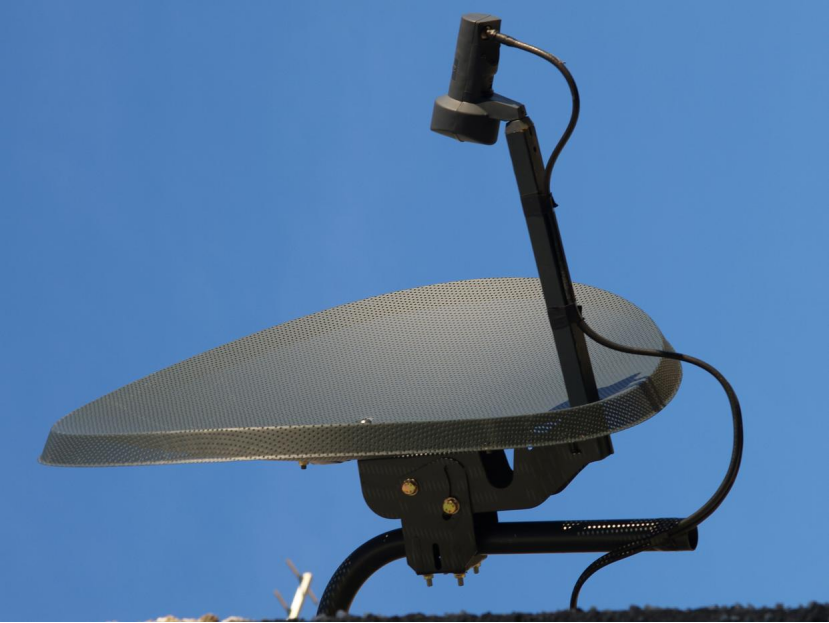In recent years, with the rapid development of materials science, electronic technology and artificial intelligence, a new type of smart antenna has emerged. This kind of antenna is not only compact in appearance and easy to install, but also far exceeds the performance of traditional satellite POTS.
1. Intelligent tracking and adaptive adjustment
The new type of smart antenna is equipped with high-precision sensors and intelligent algorithms, which can track the position of the satellite in real time and automatically adjust the Angle and direction of the antenna according to the changes in signal strength to ensure that the best signal is always received. This means that no matter how the weather changes and no matter where the users are, they can enjoy stable and high-quality communication services.
2. Efficient transmission and broadband upgrade
Compared with satellite POTS, the new type of smart antenna has made a qualitative leap in transmission efficiency and bandwidth. It adopts advanced modulation and coding technology and multiple access methods, and is capable of transmitting more data within the limited spectrum resources. This means that users can enjoy a faster and smoother Internet experience. Whether it is watching high-definition videos, playing online games or working remotely, they can handle it with ease.

3. Energy conservation, environmental protection and green communication
It is worth mentioning that the new type of smart antenna has also made significant contributions in energy conservation and environmental protection. It adopts a low-power consumption design scheme, reducing energy consumption and carbon emissions. Meanwhile, through intelligent optimization algorithms, the antenna can further reduce power consumption while ensuring signal quality, achieving the goal of green communication.
Application scenarios of the new type of smart antenna
The emergence of new types of smart antennas not only brings new development opportunities to the satellite communication industry, but also offers broad application prospects for all walks of life.
1. Communication coverage in remote areas
For communication blind spots such as remote mountainous areas and islands, the new type of smart antenna, with its powerful signal tracking and adaptive adjustment capabilities, can easily achieve communication coverage. This not only solves the problem of local residents' information access, but also provides strong support for public services such as emergency rescue and disaster early warning.
2. Intelligent Transportation and Internet of Vehicles
In the fields of intelligent transportation and the Internet of Vehicles, new types of smart antennas also play an important role. It can provide stable and high-speed communication connections for vehicles, enabling information sharing and collaborative control among vehicles. This not only improves traffic efficiency, but also reduces the risk of traffic accidents.
3. Aerospace and ocean communication
In the fields of aerospace and ocean communication, the new type of smart antenna also has broad application prospects. It can provide reliable communication support for mobile carriers such as aircraft and ships, and realize functions such as remote monitoring and data transmission. This is of great significance for improving the safety and efficiency of aerospace and oceanic operations.

